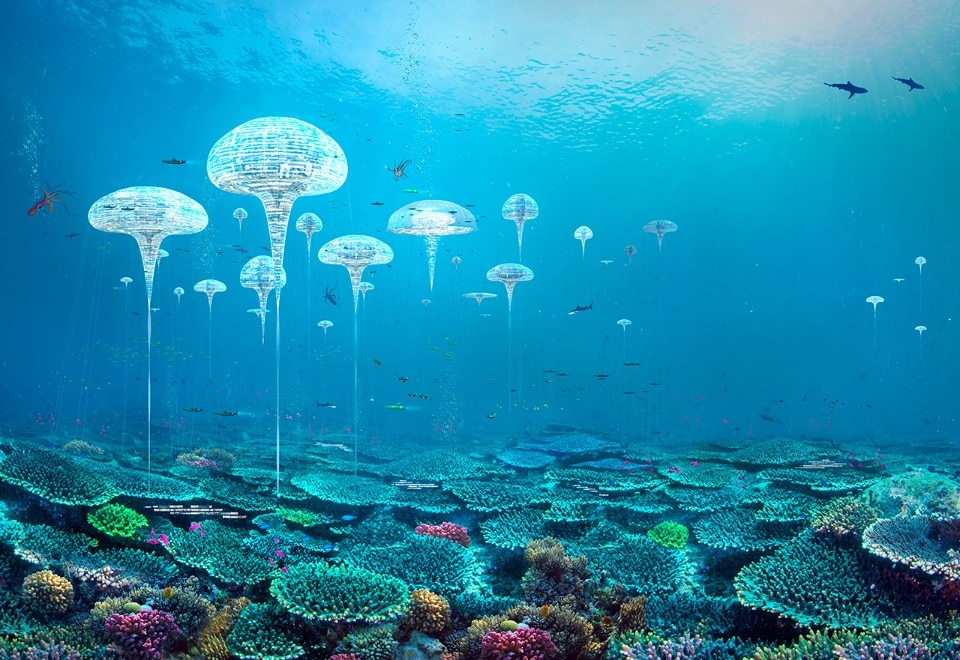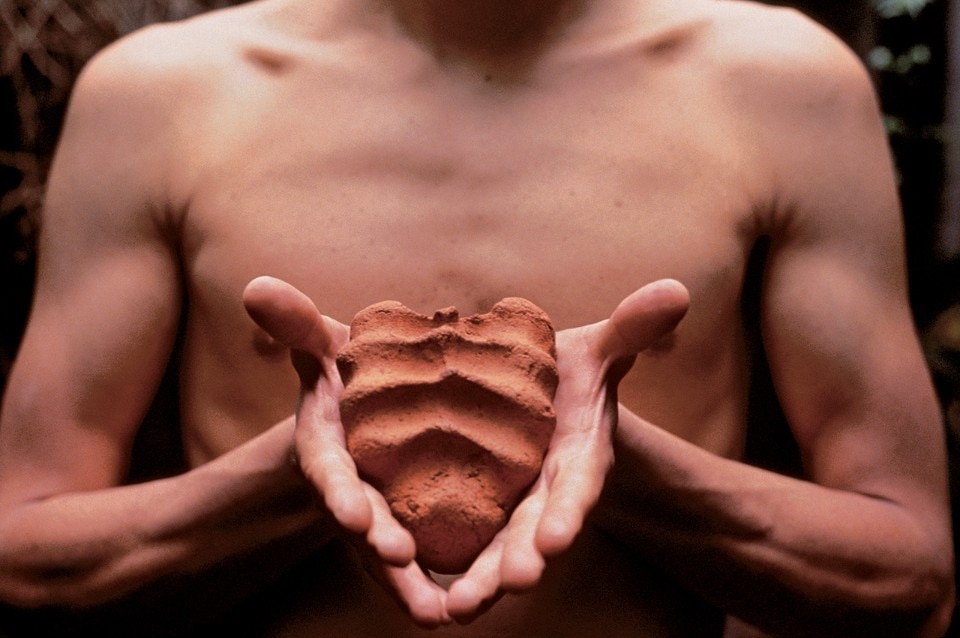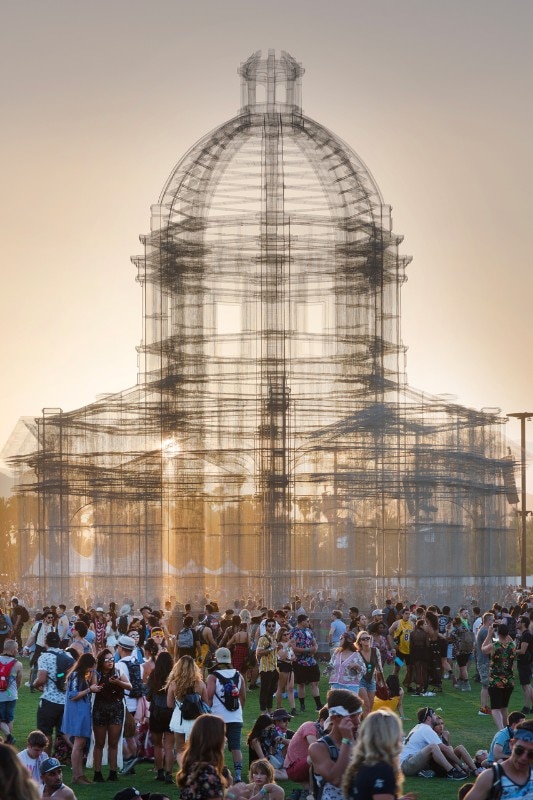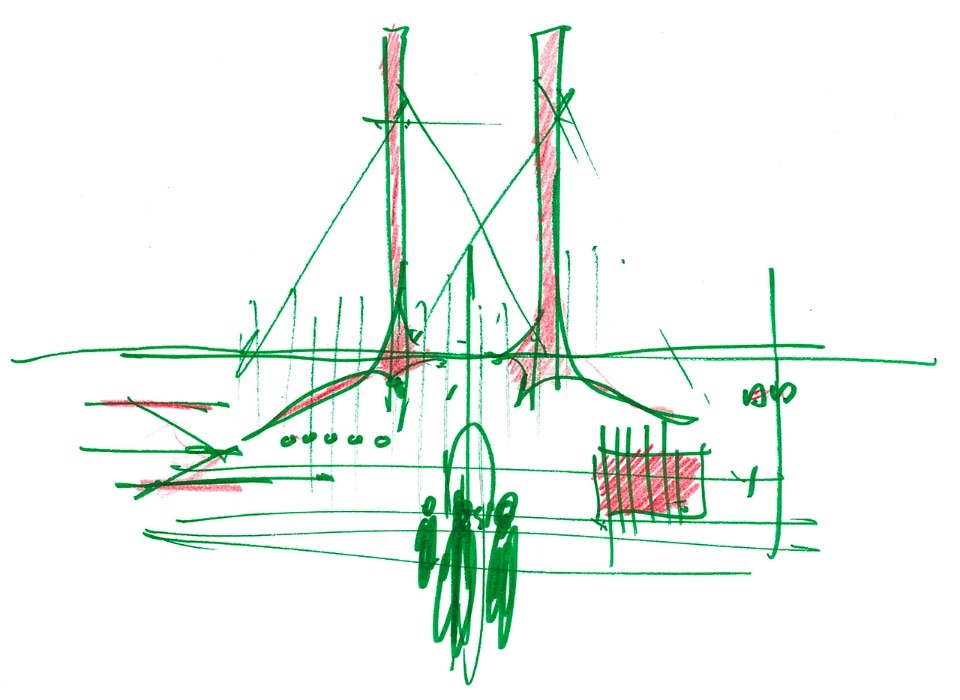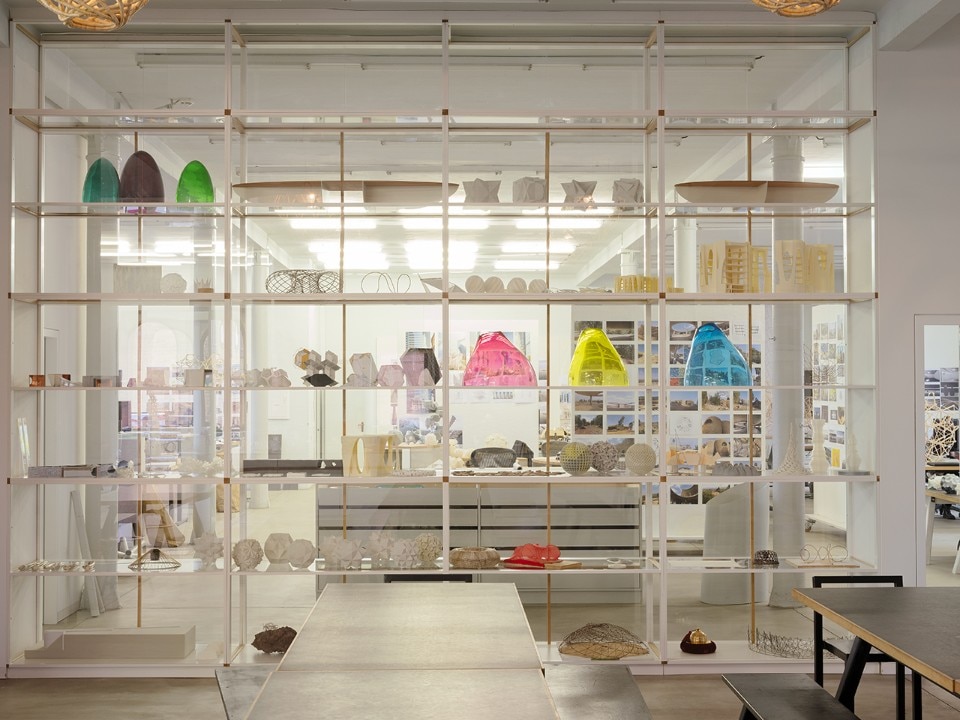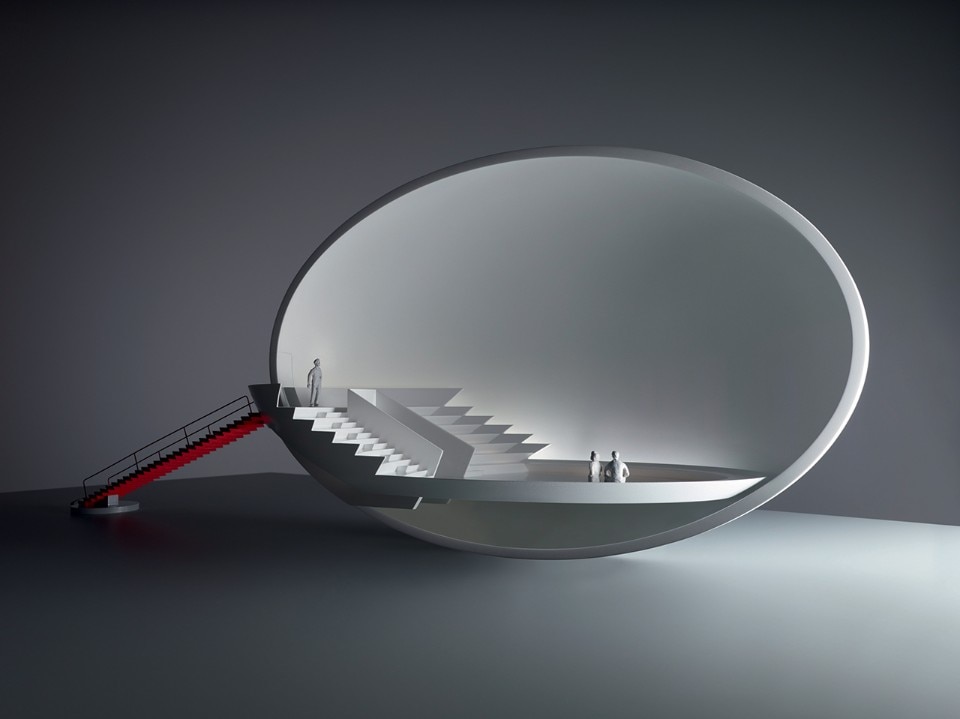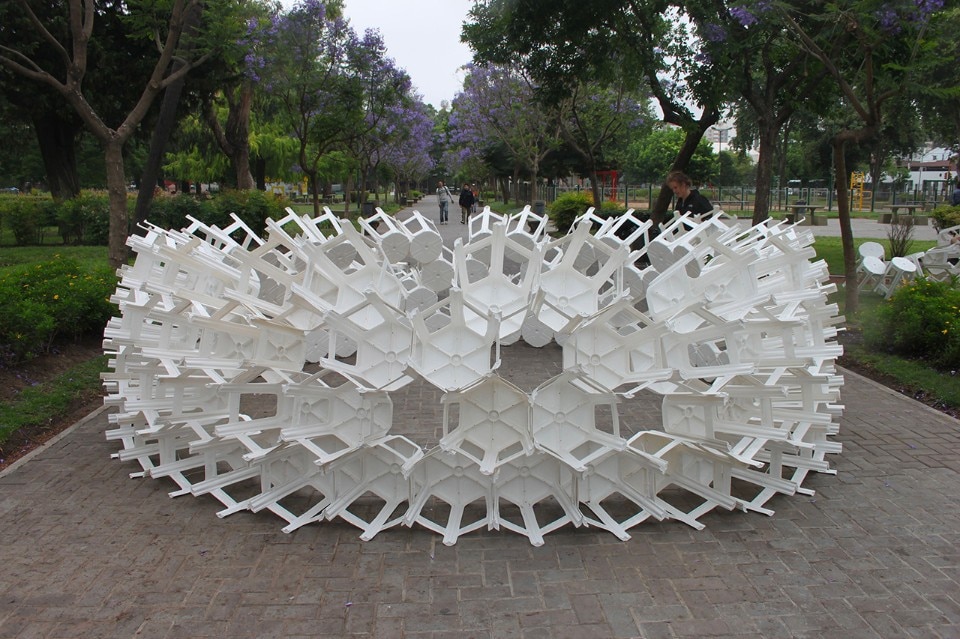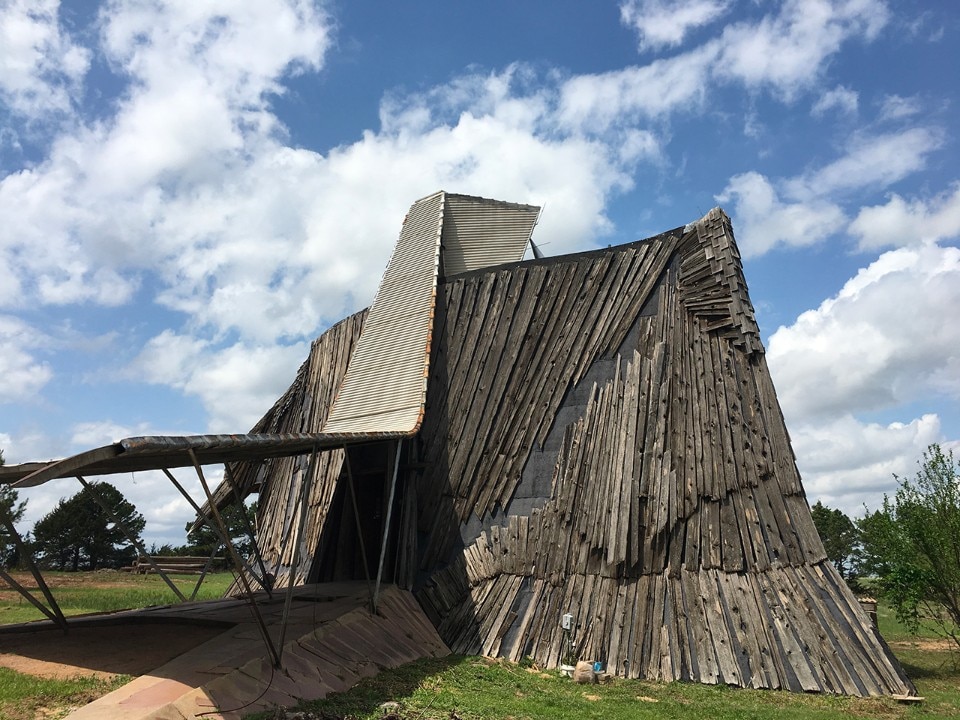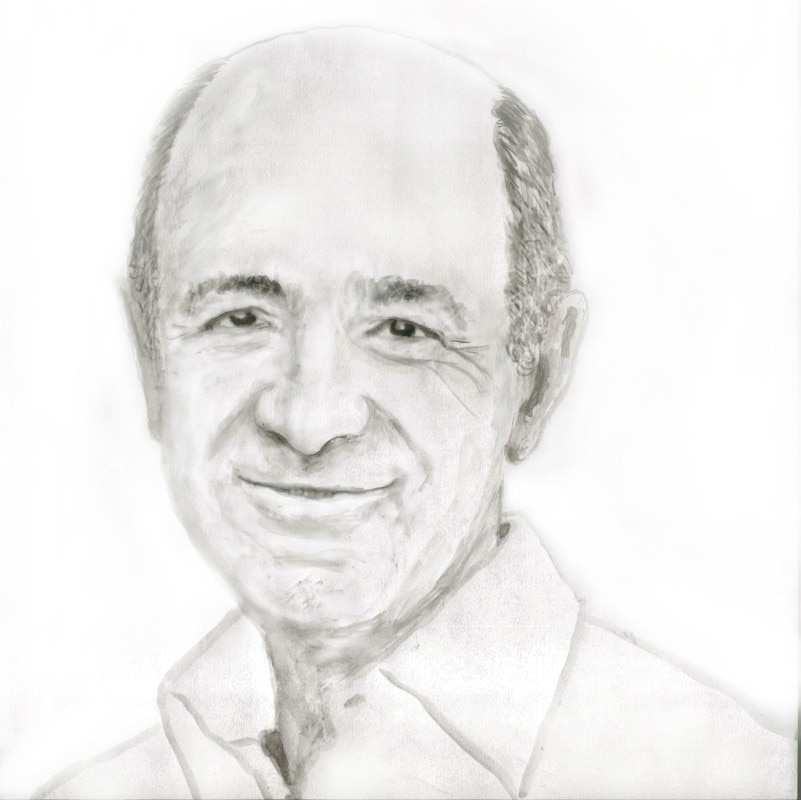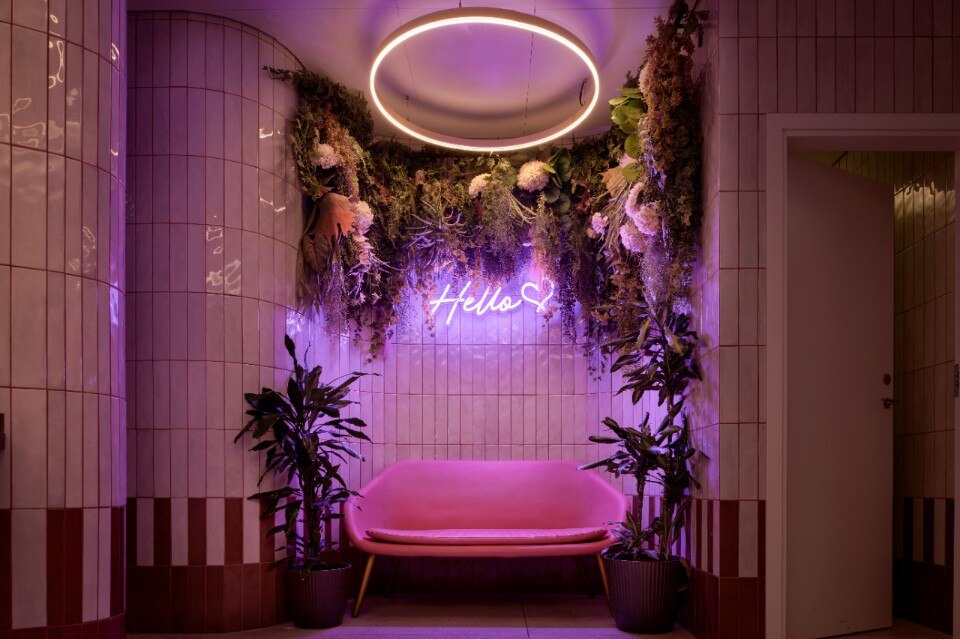
Design and ceramics renew a shopping center
FMG Fabbrica Marmi and architect Paolo Gianfrancesco, of THG Arkitektar Studio, have designed the restyling of the third floor of Reykjavik's largest shopping center. Ceramic, the central element of the project, covers floors, walls and furniture with versatile solutions and distinctive character.
- Sponsored content
The spread of humans on Earth recalls the invasion of a powerful bacterium that has proliferated on the planet’s crust. Just as bacteria contaminate and are equally contaminated, humans are subjected to a continual transfer of information, knowledge, hypotheses and convictions. This is particularly evident in the creative professions and especially in architecture, where ideas originate, mature and perish in a constant flurry of hybridisations.
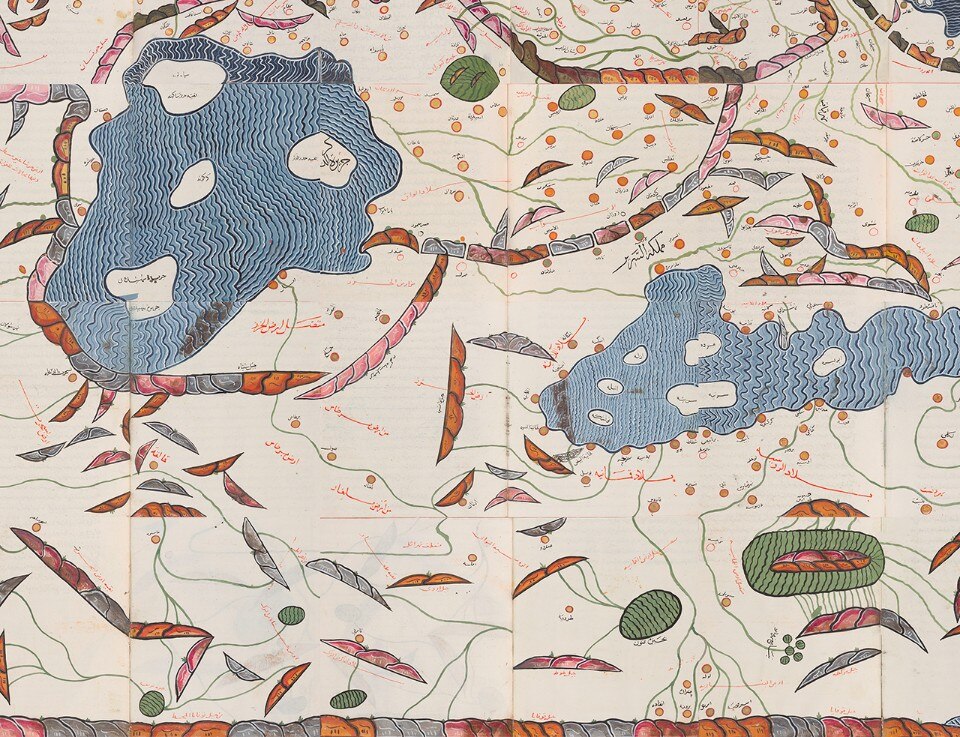
 View gallery
View gallery
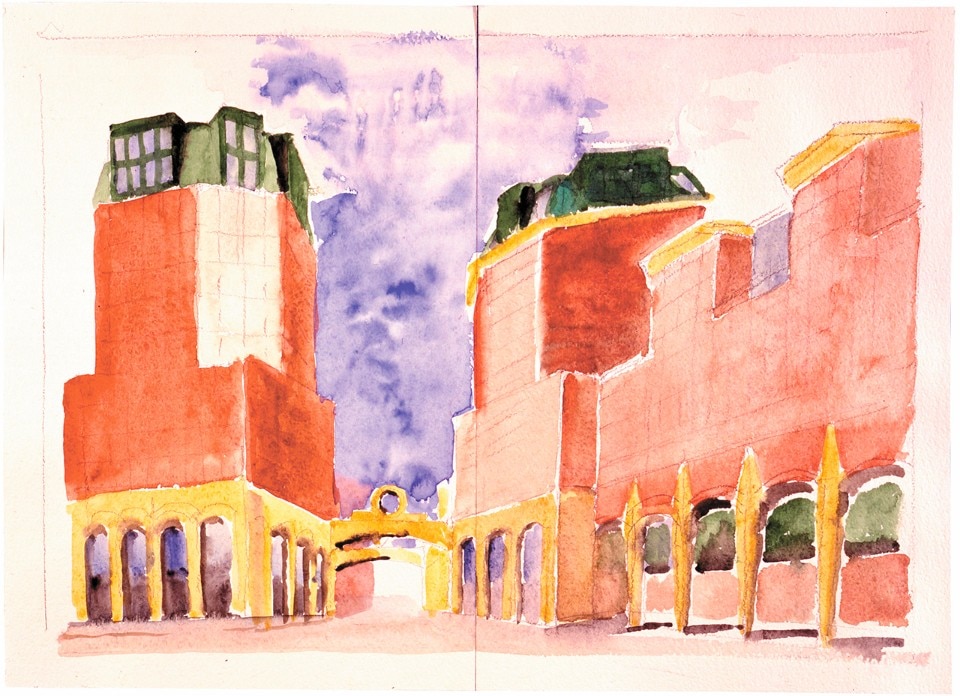
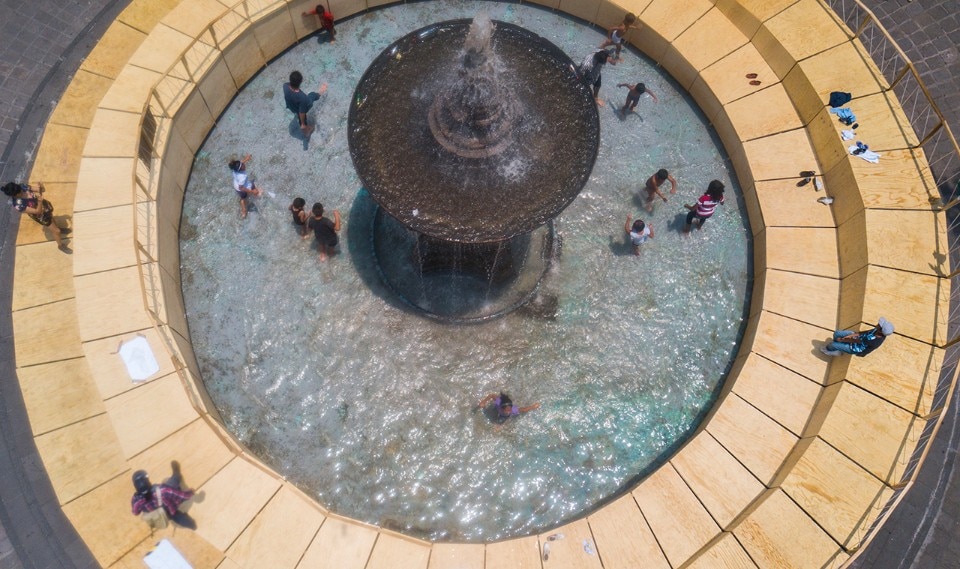
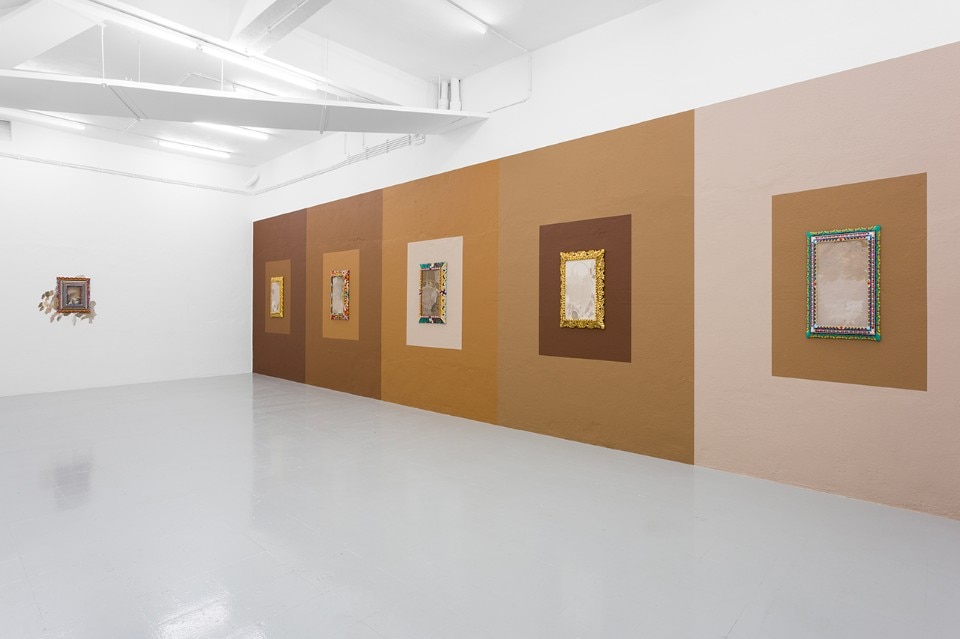
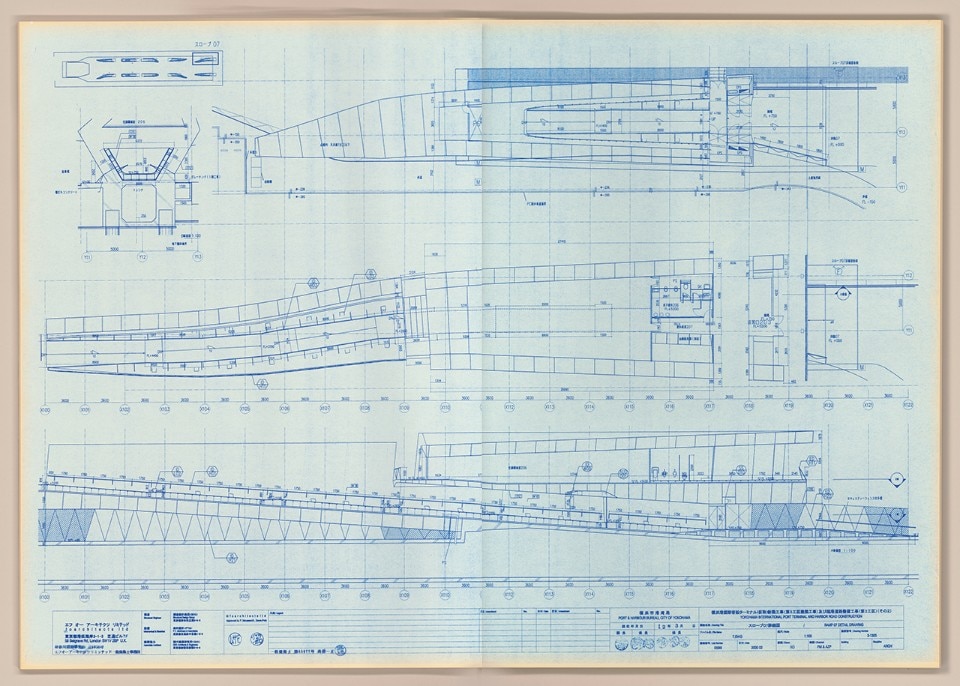

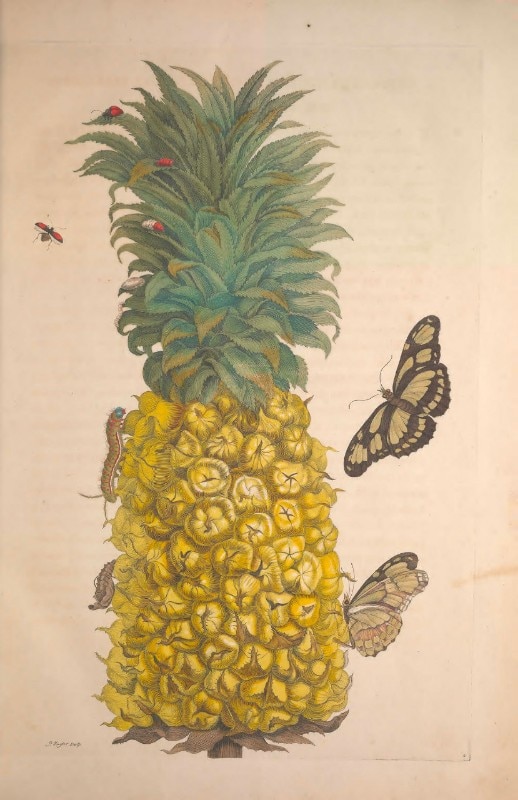
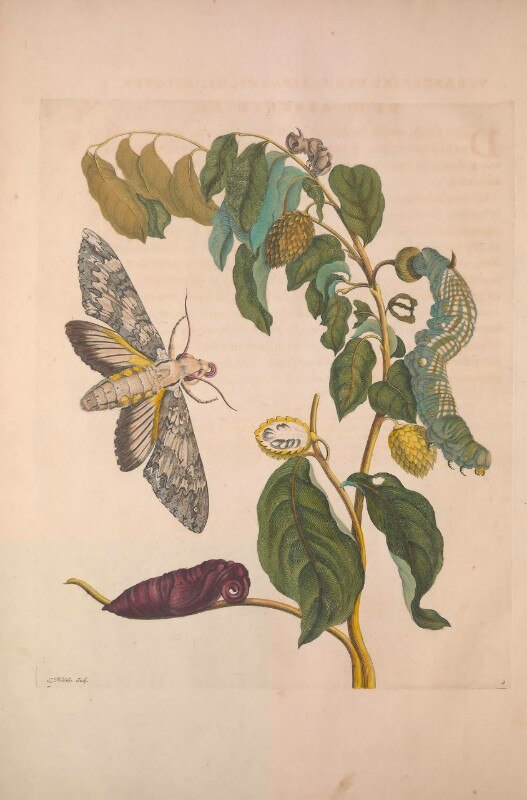
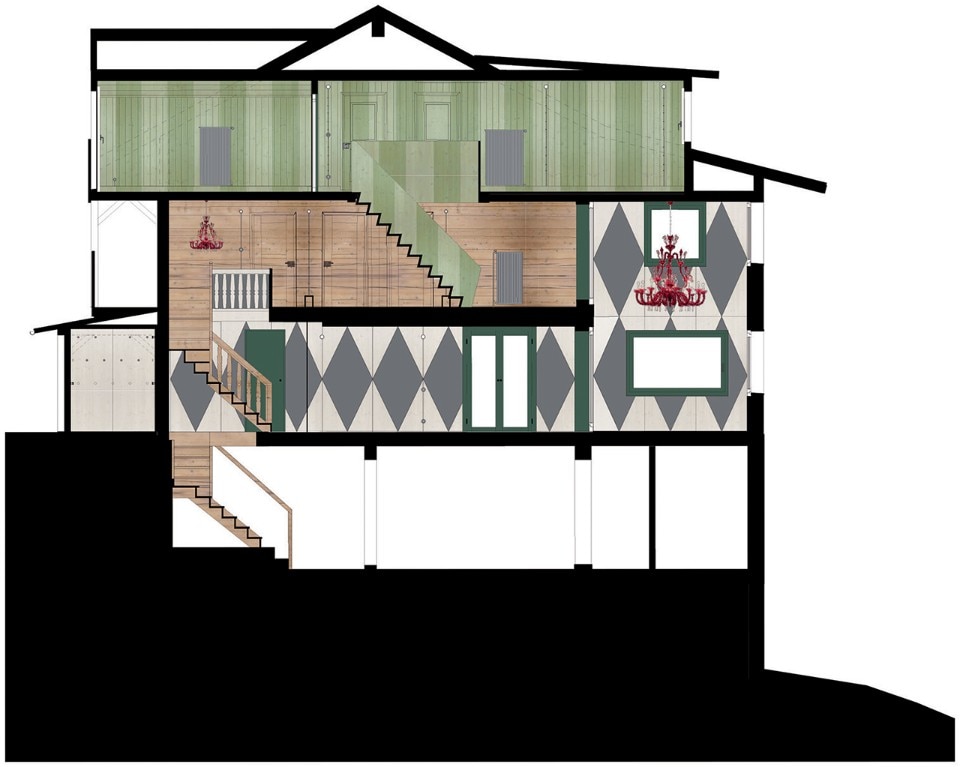
Cafe Engi Tschirtschen
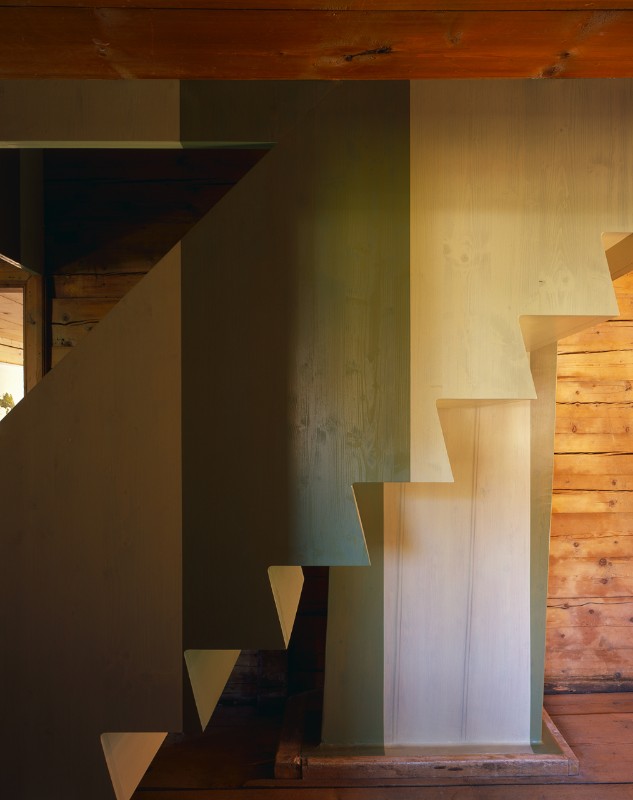
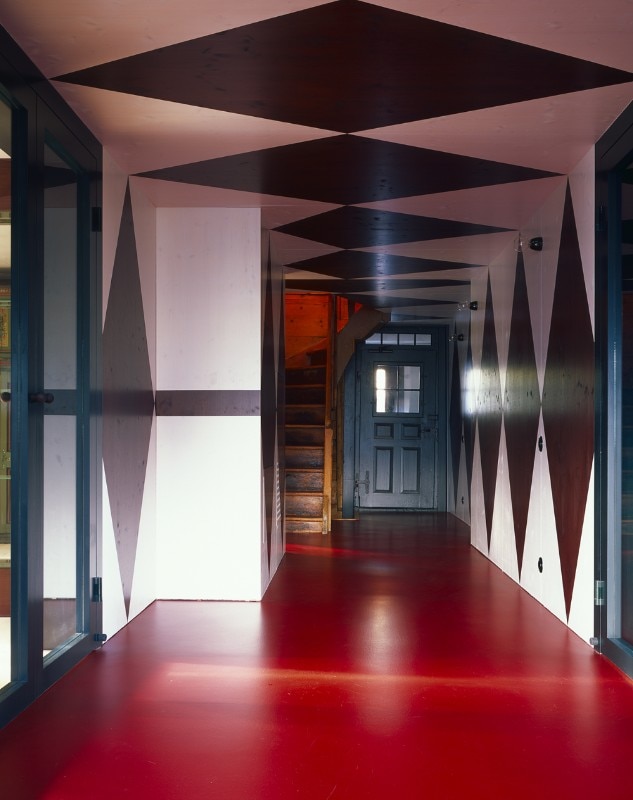
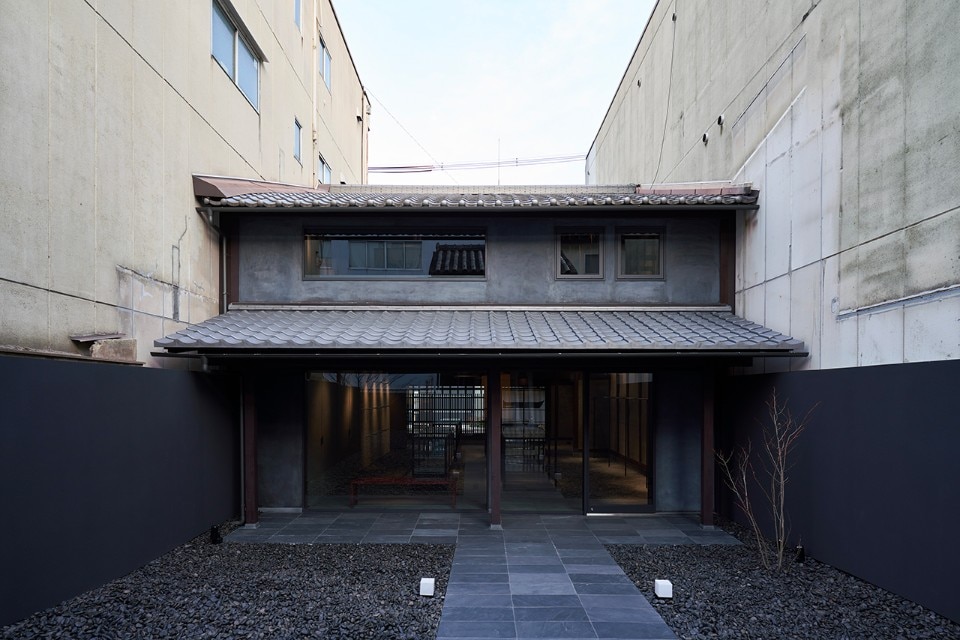
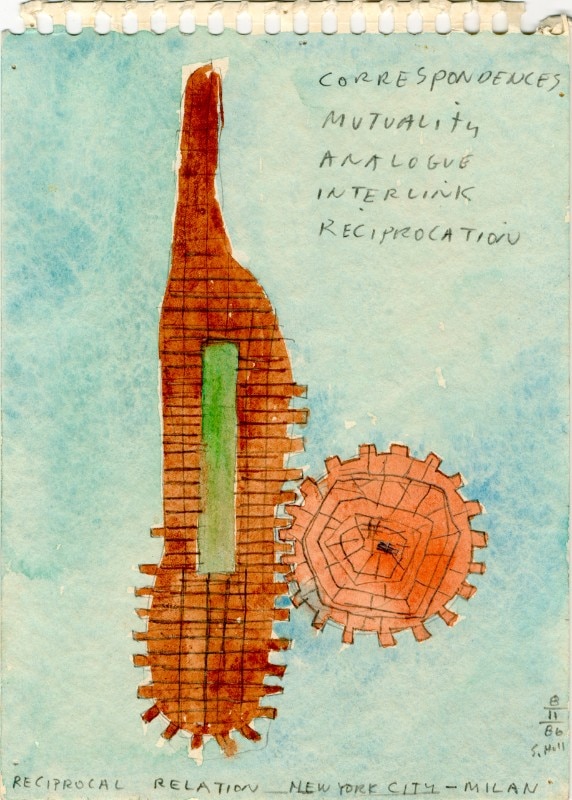
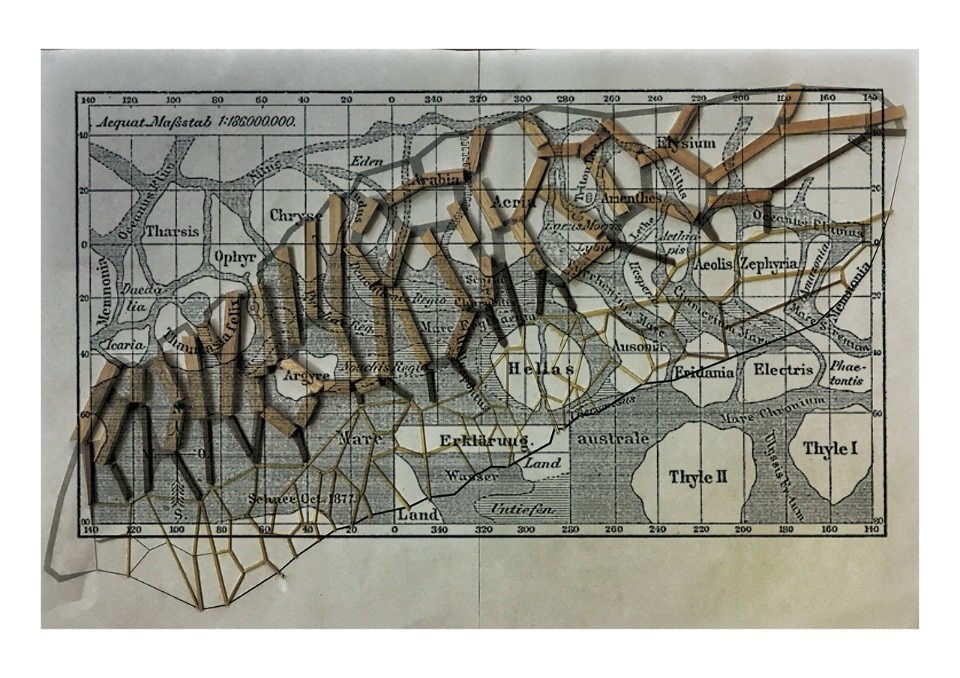
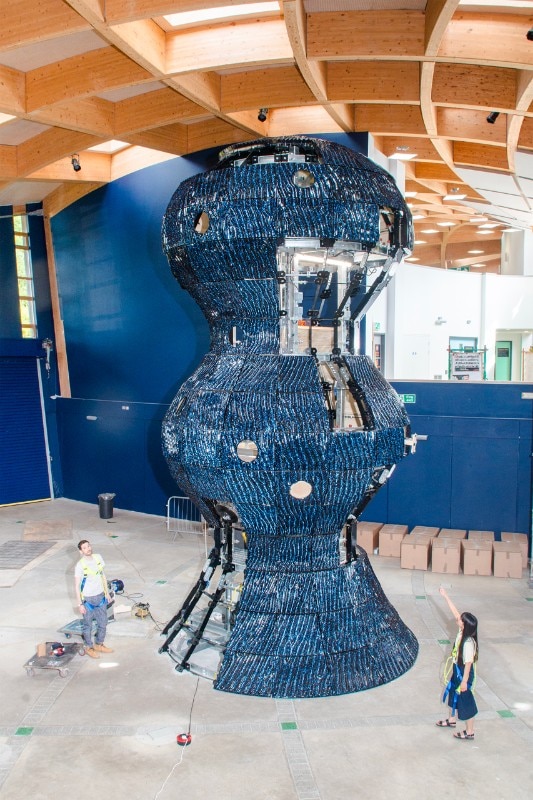
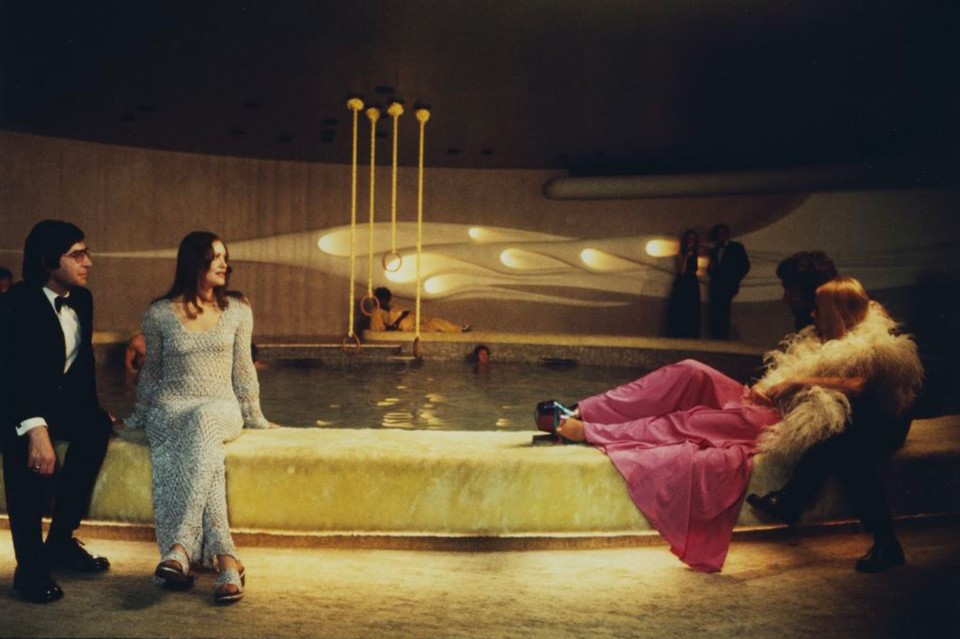
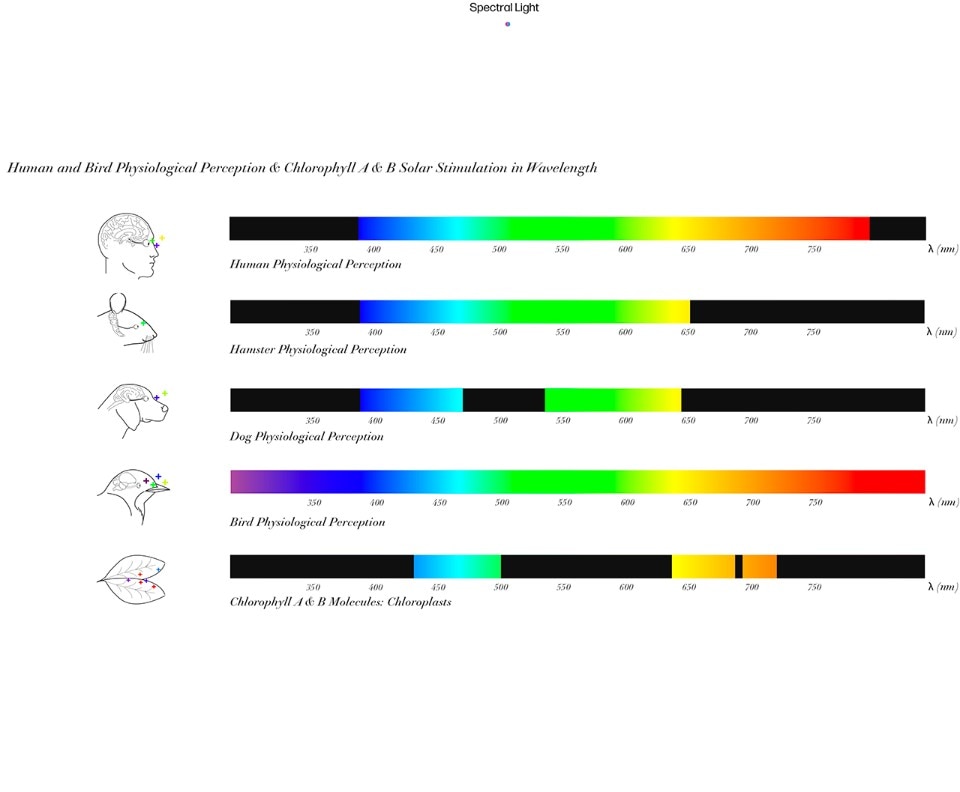
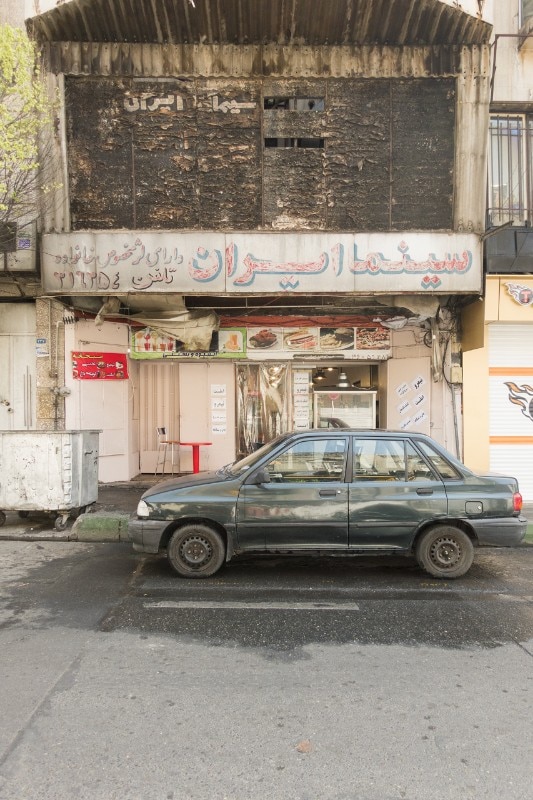
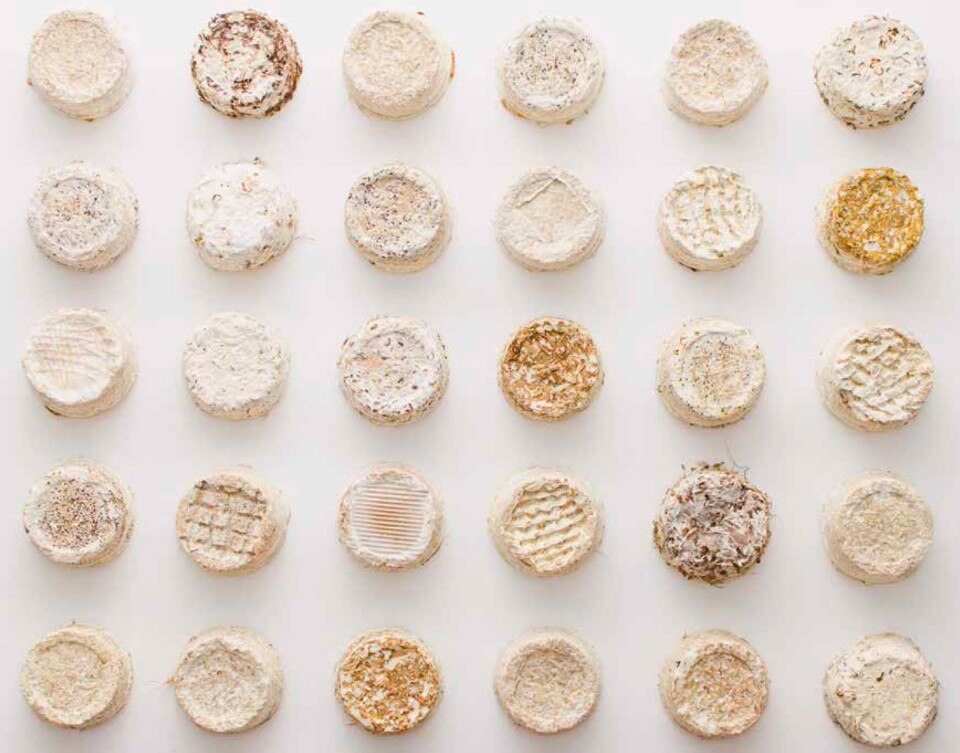
Among the published projects: British studio Caruso St John Architects has adopted a contemporary style to reinterpret the essence of the Swiss chalet’s traditional iconography; a combined shop and gallery, Issey Miyake’s new space is a hybrid that blends old and new, modern demands and the tradition of machiya; A institution devoted to contemporary Russian art has commissioned the Renzo Piano Building Workshop to convert a two-hectare urban site in Moscow into a cultural centre; the Hill of Hermes, a wing-shaped garden by Attilio Stocchi, is a project with mythological and astronomical allusions that restores to Milan the green spaces of the renewed Palazzo Citterio, the last phase of the Grande Brera project.
Among the many colums: “Institution” analyses if an art institution can suggest alternatives to both gentrification and a country’s focus on financial assets; “Meteorology” focuses on light, which, once abstract and inorganic, has gained biological and medical implications, prompting a rethink of its design by architects and urban planners. This month’s Rassegna is about Cladding Materials.
Image on top: illustration by The Blue Chemist

Tomorrow's energy comes from today's ideas
Enel extends the date to join the international “WinDesign” contest to August 30, 2025. A unique opportunity to imagine the new design of wind turbines.
- Sponsored content


